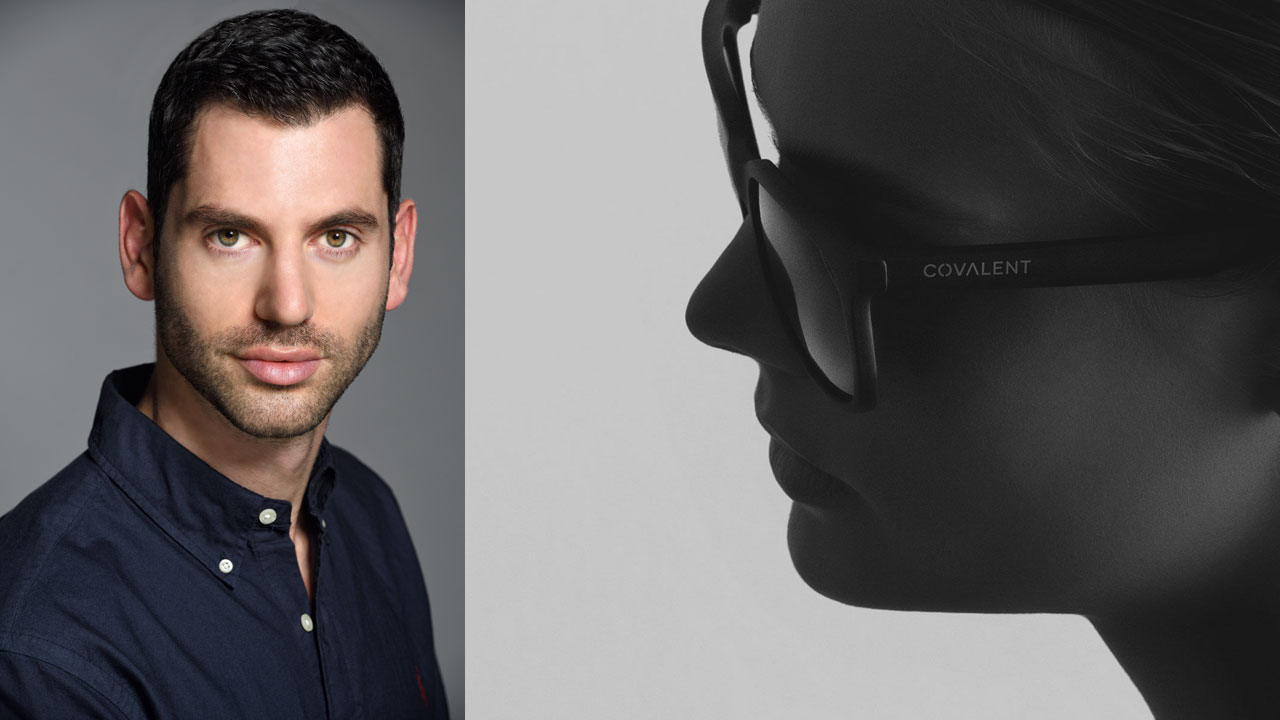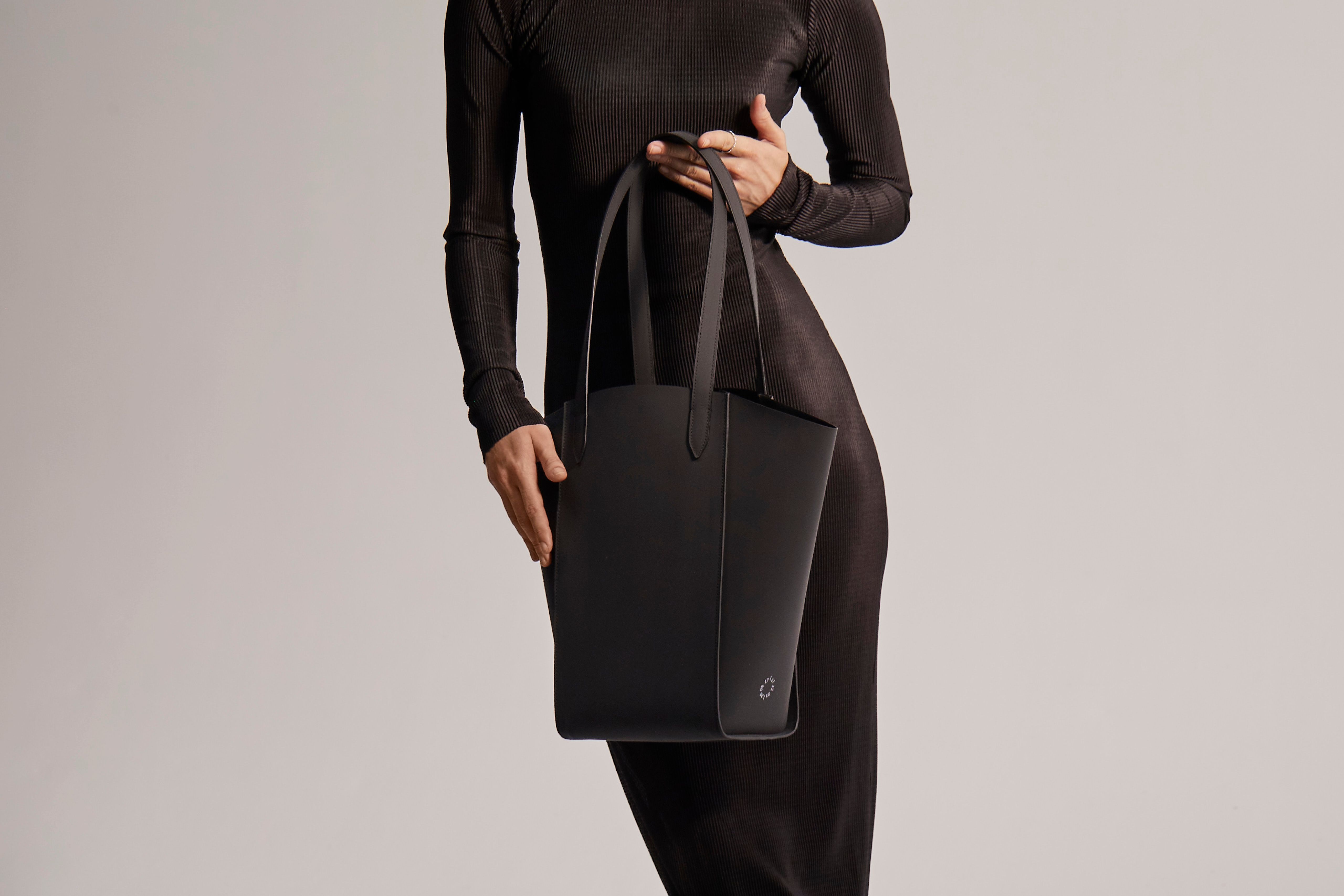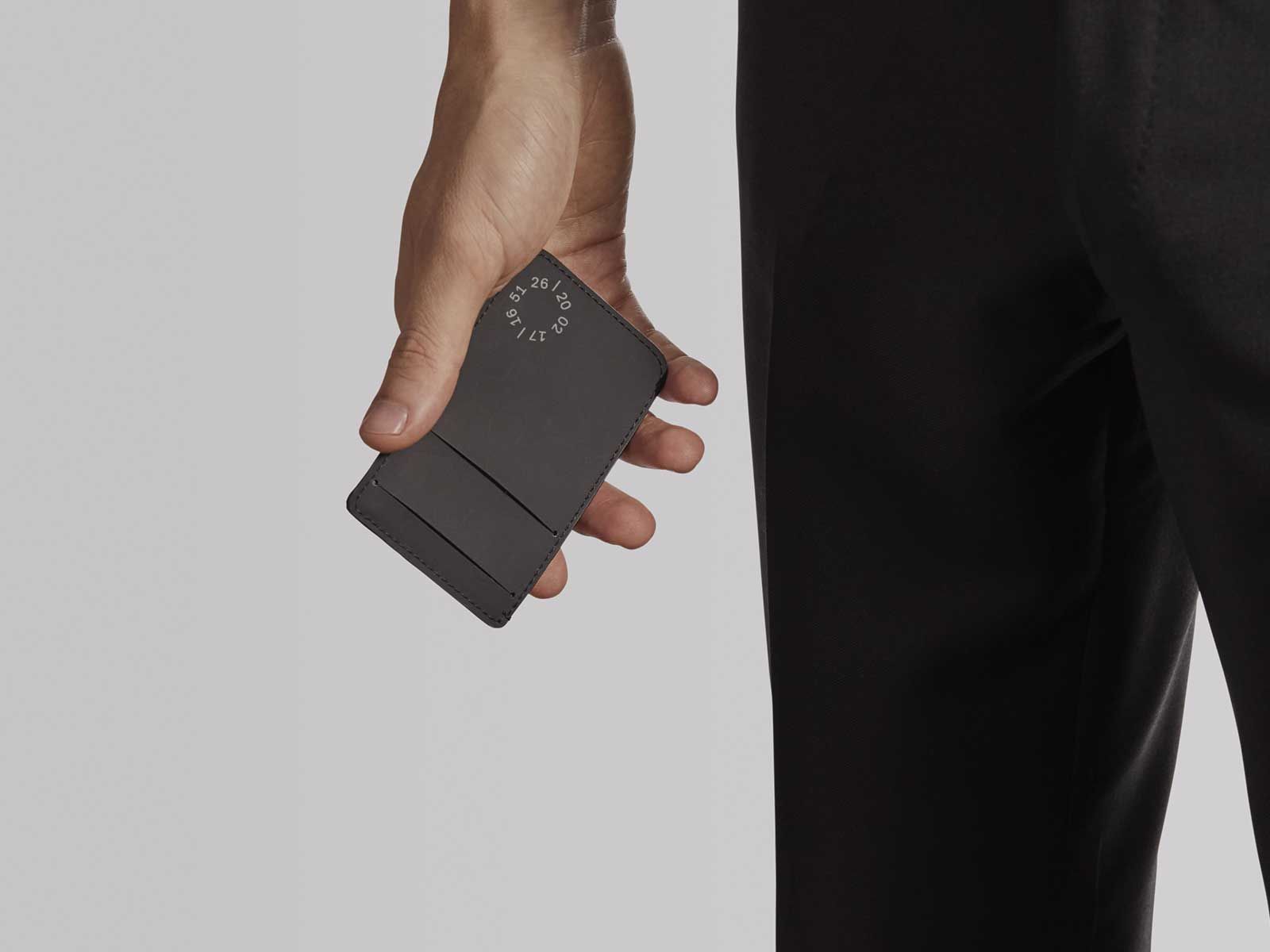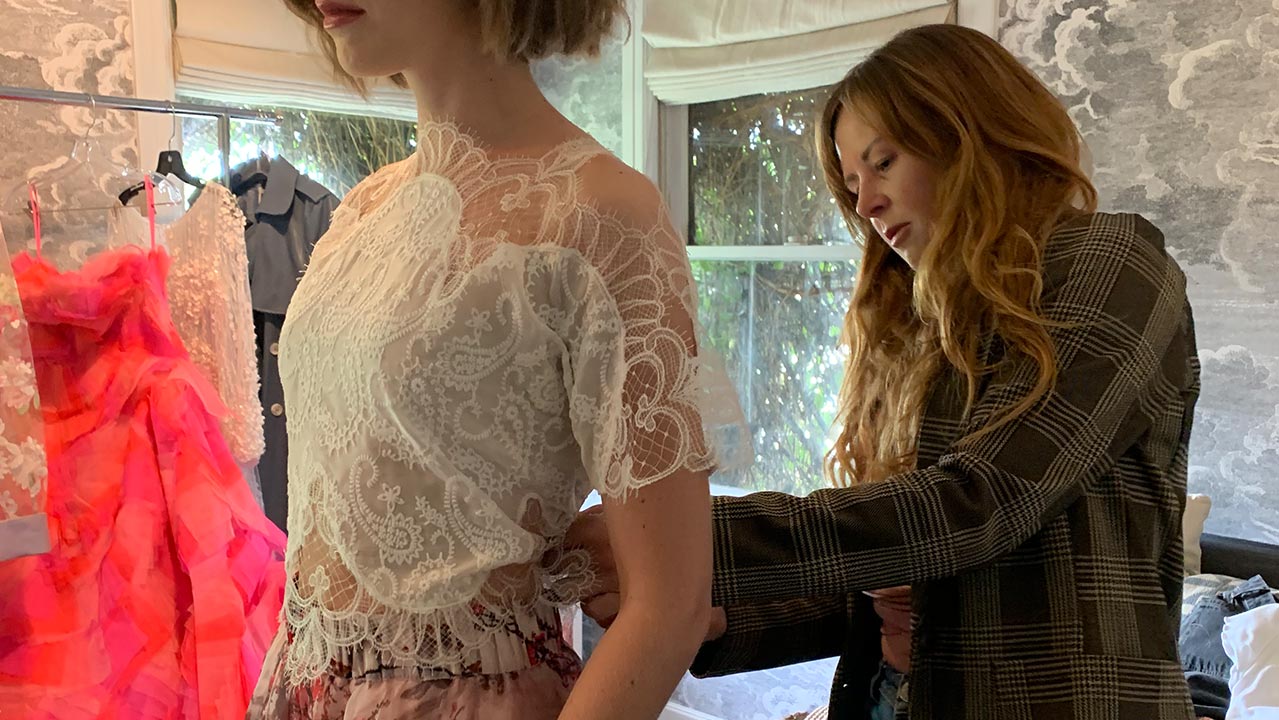
Alumni
Grad Yotam Solomon is Creative Director of Covalent
Born and raised in Haifa, Israel, the harbor city on the Mediterranean shore that’s home to the famed Baha'i Gardens, Yotam Solomon moved to Los Angeles at 15 and attended Beverly Hills High School. After graduating from FIDM with a degree in Fashion Design in 2007, he launched his eco-friendly namesake brand, designing and disturbing women's ready to wear, evening wear, footwear, and accessories. In 2010, he partnered with Victoria Beckham to develop apparel and footwear inspired by a LG mobile device. The following year, Solomon designed a capsule collection crafted of plant-based materials for Dasani. Since his own brand was acquired in 2015, he’s moved on to a new role as Creative Director of Covalent, a revolutionary new line featuring regenerative, carbon-negative, and IBM blockchain tracked products such as laptop sleeves, totes, wallets, and sunglasses. We recently chatted with the Los Angeles-based designer to learn more.

What is the story behind Covalent? In 2003, Mark Herrema and Kenton Kimmel of Newlight Technologies came up with a revolutionary concept to reverse the flow of carbon and ultimately change the world. Their brilliant ingenuity and hard work resulted in the development of AirCarbon, which is the incredible material technology at the core of Covalent. I joined Newlight in 2019 to help create a new apparel brand, leading fashion design and product development. We decided to name this brand after one of the strongest bonds in nature: Covalent. For us, the name signifies the idea that shared good is the strongest good. The first Covalent collection features minimalistic essentials and eyewear that seek to evoke the bond between utility, beauty, and environmental regeneration.
Tell us a little bit about AirCarbon: AirCarbon represents a true revolution in material innovation because from start to finish, it reduces the amount of carbon in the air, which makes it carbon-negative. This allows us to create the regenerative and carbon negative fashion products featured in the first Covalent collection. AirCarbon is formulated into a resin and a non-leather material which are then used to create our eyewear, handbags, wallets, and device cases. As a designer, one of the most beautiful things about AirCarbon is that it is made from something invisible that many people overlook and consider bad or negative. But greenhouse gas is natural, and enables life on earth, so it has another side. With AirCarbon, we get to reveal the true beauty of greenhouse gas and the carbon within it – thus, turning something considered negative into a truly positive force for good.

What does it mean to be IBM blockchain tracked? Blockchain is a new technology that prevents data from being altered which guarantees accuracy and validates authenticity. At Covalent, we wanted to rethink how the manufacturing of fashion products are tracked to promote a new level of transparency. We also wanted to ensure that our life-cycle analysis is backed by the best system possible, which is why Covalent products are backed by IBM blockchain technology. We designed an industry-first platform where users can input their unique serial number embedded on their product, which we call a "Carbon Date," to track each stage of the creation of any individual product. And this is only the beginning! We have other innovative plans for our platform that will launch with future collections.
Why is regeneration and sustainability important to you? Regeneration and sustainability are the keys to ensuring our future and to reversing climate change. For this reason, the material innovation in AirCarbon makes me so excited to design for Covalent because I know that the more people that fall in love with our products, the more good we are doing. If you would have asked me in 2007, when I started my career, if a material could ever be made by sequestered carbon and if every stage of manufacturing could be accurately tracked and backed by Blockchain, I would have said, "No way!" But here I am now. AirCarbon and Covalent demonstrate that anything is possible, including turning greenhouse gas into beautiful materials and ultimately reversing climate change.

What was your path to FIDM like? Prior to FIDM, I was on track to be a professional violist. However, my love of fashion combined with an epiphany I had during my senior year of high school led me to enroll in FIDM.
What are some of the most valuable lessons you learned at FIDM? Learning illustration from Nancy Riegelman and pattern-making with Goarik Manukyan truly shaped me as a designer. And I would not be where I am today without the instruction of Mel Grayson, who explained the importance of maintaining close connections with peers and other professionals as they may lead to your dream career.
Learn more at covalentfashion.com or on Instagram @covalentfashion.
Categories: Fashion Design Alumni




